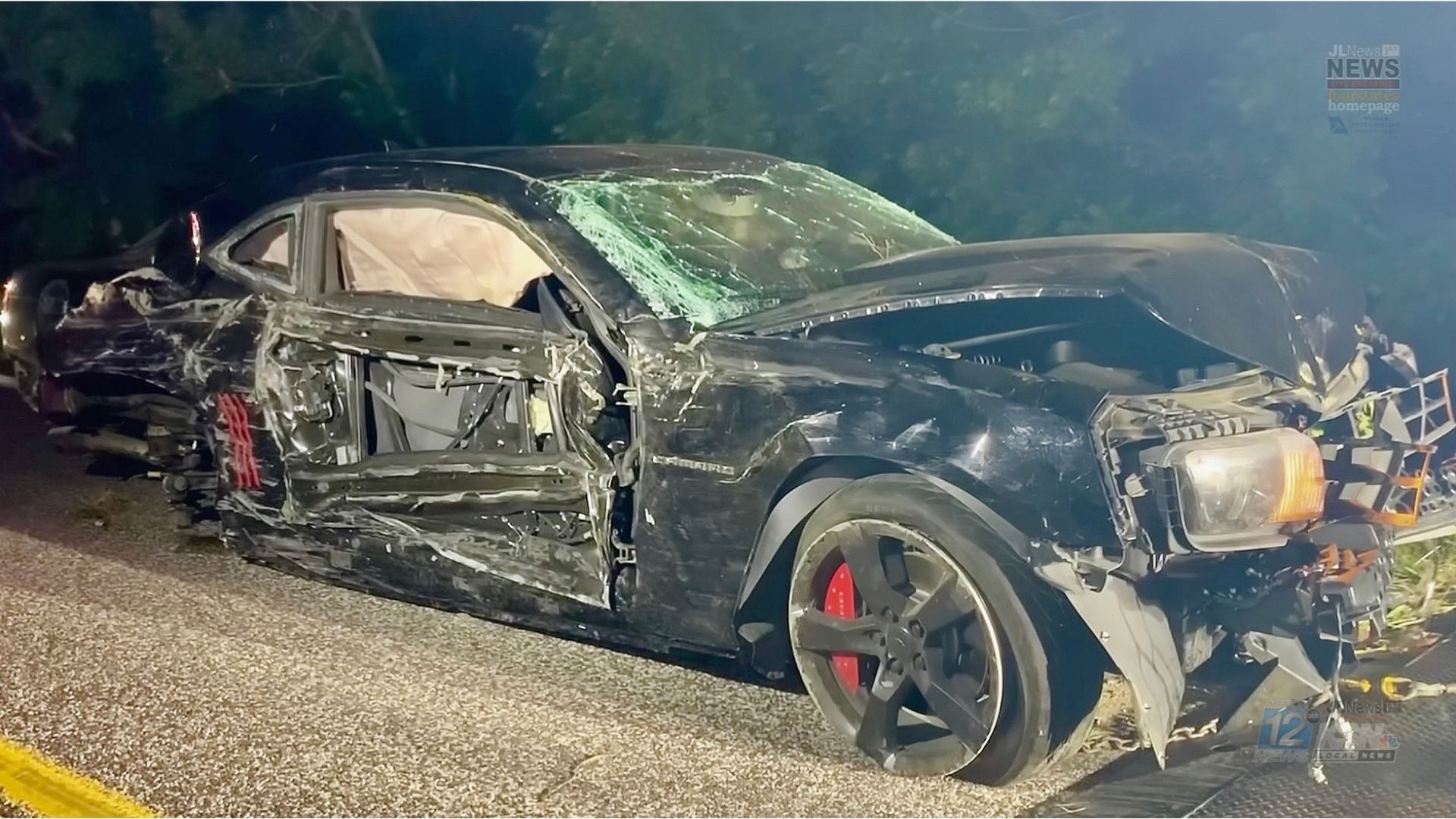Swerving to avoid hitting a deer is not recommended as it can lead to more dangerous outcomes. Collisions between vehicles and deer can happen at any time of the year, but they are more common during the fall months when the mating season is in full swing.
Hitting a deer can be unnerving and dangerous, but many people debate whether it’s better to hit an animal or swerve to avoid it. While the temptation to swerve may be high, it’s not always the safest course of action. In this article, we will explore the reasons why it’s better to hit a deer in some cases and offer practical tips on how to minimize the risk of a collision. By understanding the risks of swerving and learning how to react when a deer crosses your path, you can keep yourself and others on the road safe.

Credit: www.chicagotribune.com
Contents
Understanding The Dilemma
Drivers often find themselves faced with a difficult dilemma when a deer jumps in their path. The question arises, do you swerve or hit the deer? Both choices come with risks. Hitting the deer can cause damage to your vehicle, injury to yourself, and potential loss of life for the deer.
Swerving can result in a collision with another vehicle, tree, or ditch, causing even greater harm. While it’s impossible to predict every encounter with wildlife, some tips can help. Stay alert, pay attention to road signs warning of deer crossings, slow down, and apply brakes if you see a deer.
If swerving seems unavoidable, only do so if traffic conditions allow. Remember, the goal is to avoid an accident, not create a more serious one.
Factors To Consider
When encountering a deer on the road, the decision between swerving or hitting it depends on several factors. First and foremost, the speed of the vehicle plays a crucial role. At high speeds, avoiding any sudden, sharp movements, as would be required to swerve, could result in losing control.
Secondly, road conditions and surroundings must also be taken into account. Swerving suddenly could endanger other drivers, pedestrians, or even nearby structures. Additionally, the size and weight of the vehicle and deer could significantly impact the outcome. Larger and heavier vehicles may be more capable of sustaining the impact, whereas smaller vehicles or motorcycles may be at greater risk.
Lastly, weather conditions like snow or ice could further complicate the decision. Ultimately, the answer will depend on the specific situation, making it important to exercise caution and remain alert.
Hitting The Deer: Pros And Cons
Hitting a deer while driving can lead to both pros and cons. The effect on passengers and the vehicle can vary greatly, depending on the speed of the car and the size of the deer. While hitting the deer may cause damage to the car, swerving to avoid it may lead to a more severe accident.
The likelihood of fatalities and injuries can also be impacted by hitting or swerving. Legally and financially, hitting a deer may lead to insurance claims and repair costs, but swerving may result in liability if the driver causes an accident or injures a pedestrian.
Ultimately, the decision to swerve or hit a deer should prioritize the safety of all parties involved.
Swerving To Avoid The Deer: Pros And Cons
Swerving to avoid hitting a deer can have both pros and cons. While it may lessen the impact on the vehicle and potentially save the deer’s life, it can also cause harm to the passengers. Abrupt movements may cause the vehicle to spin out of control, causing further damage and injuries.
Furthermore, swerving may result in collisions with other objects, leading to more severe injuries and fatalities. Legal and financial implications may also arise, leading to costly repairs and potential lawsuits. Ultimately, the decision to swerve or hit the deer depends on the circumstances and the driver’s judgment.
It’s important to always prioritize the safety of the passengers and other drivers on the road.
Safety Tips To Avoid Hitting Deer
Hitting a deer while driving is a common road hazard that can be dangerous and life-threatening. To keep yourself and your vehicle safe, there are a few tips to consider. Firstly, installing deer whistles can help deter deer from crossing the road.
Secondly, using high beams at night can give you better visibility and warn deer of your presence on the road. Thirdly, avoiding driving during peak deer activity, usually dawn and dusk, can minimise the risk of an accident. Lastly, being cautious when driving through known deer habitats can prevent collisions.
Remember, even if it means swerving or slowing down, always prioritise your own safety and that of your passengers and other drivers.
Frequently Asked Questions Of Is It Better To Swerve Or Hit A Deer?
Conclusion
Ultimately, the decision to swerve or hit a deer while driving is a tricky situation. Both options come with their own risks and dangers. However, the best option is to brake firmly and stay in your lane. Slow down your vehicle and keep a safe distance from deer that may cross your path.
Remember to stay alert, especially during dawn and dusk when deer are more active. Implement safety precautions like wearing seat belts and maintaining your vehicle, including the brakes and tires, in good condition. Being aware of your surroundings and practicing safe driving habits can go a long way in preventing accidents.
In case you do hit a deer, contact authorities and avoid approaching the animal as it may still be alive and dangerous. By prioritizing safety, we can avoid unnecessary accidents and injuries on the road.

